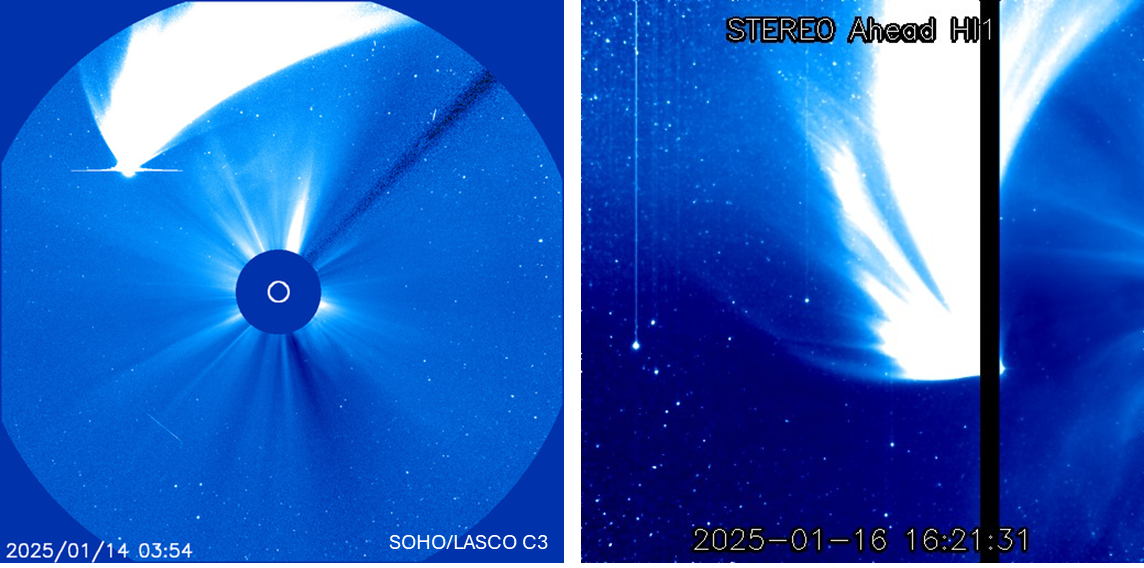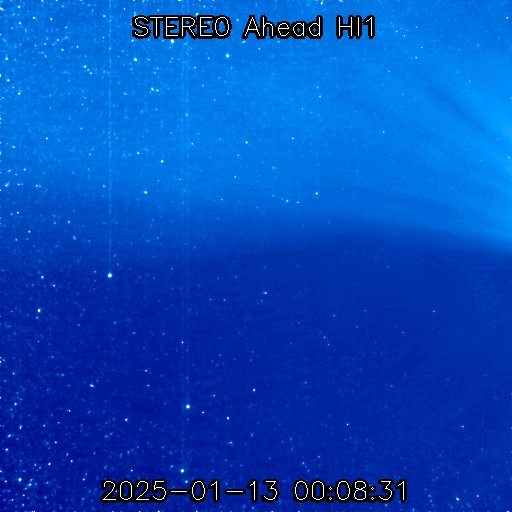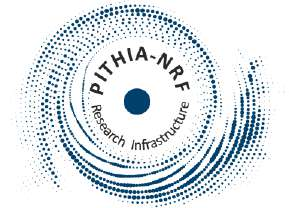Comets are small bodies of rock, dust and ice that are moving through our solar system. When passing the Sun, these bodies warm and release dust and gas that is visible as a tail. Comet ATLAS C/2024 G3 was discovered by the Asteroid Terrestrial-impact Last Alert System (ATLAS) survey on 5 April 2024, in images obtained with a 0.5-m reflector telescope located in Río Hurtado, Chile. It made its closest approach to the Sun (called "perihelion") on 13 January 2025. This is a periodic comet with the most recent perihelion passage changing its period from 180.000 years to 600.000 years. Comet ATLAS was photographed on 11 January by Donald Pettit on board the International Space Station. It is currently best visible from the southern hemisphere, but also decreasing in brightness and with hints of a disintegrating nucleus.

The comet was observed by SOHO and STEREO-A but only by 2 of their instruments. From 11 to 15 January, it was imaged by SOHO's LASCO/C3 coronagraph (the one with the widest field of view), and from 13 to 17 January it was present in imagery from STEREO-A's Heliospheric Imager 1 (HI1 - see this STCE newsitem for more details on the HI instruments). STEREO-A is currently leading the Earth by 29 degrees (STEREO Science Center), and so in these HI1 images the Sun is on the right and out of view, whereas the Earth is on the left and out of view. The bright dot that can be seen on the left is the planet Saturn. The dark vertical band is to avoid saturation of the image due to the bright core of the comet. The detail in the comet's tail is real.








